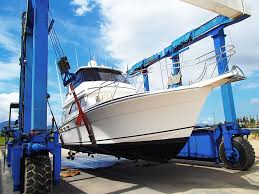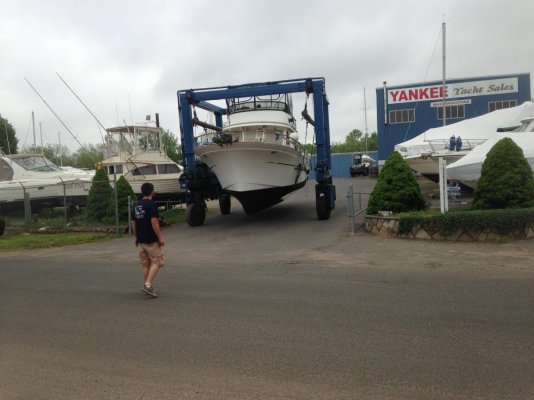Mermaid
Senior Member
I am doing my research for my next boat. It will be a single engine, 40-ish foot, Kadey Krogen, Nordhavn, Nordic Tug or Mainship, or something similar, a less than 20 year old boat (and preferably newer), with as little teak as possible and absolutely no teak decks. I am downsizing from a 58' Hatteras motoryacht that has 4 staterooms/4 heads/4 showers - a big boat. I don't need all that much boat. There is a Plan A and a Plan B which why my prospects have such diversity.
Being a long time Hatteras owner, I am set on a few "must haves". One of those is a solid hull - no coring. My question is are Mainships cored or do they have solid hulls? If some are cored and some are solid, at what year did they change to solid hulls?
If solid, does anyone know how they were laid up, how thick they are and what kind of resin is used? Thanks for your advice.
Being a long time Hatteras owner, I am set on a few "must haves". One of those is a solid hull - no coring. My question is are Mainships cored or do they have solid hulls? If some are cored and some are solid, at what year did they change to solid hulls?
If solid, does anyone know how they were laid up, how thick they are and what kind of resin is used? Thanks for your advice.



